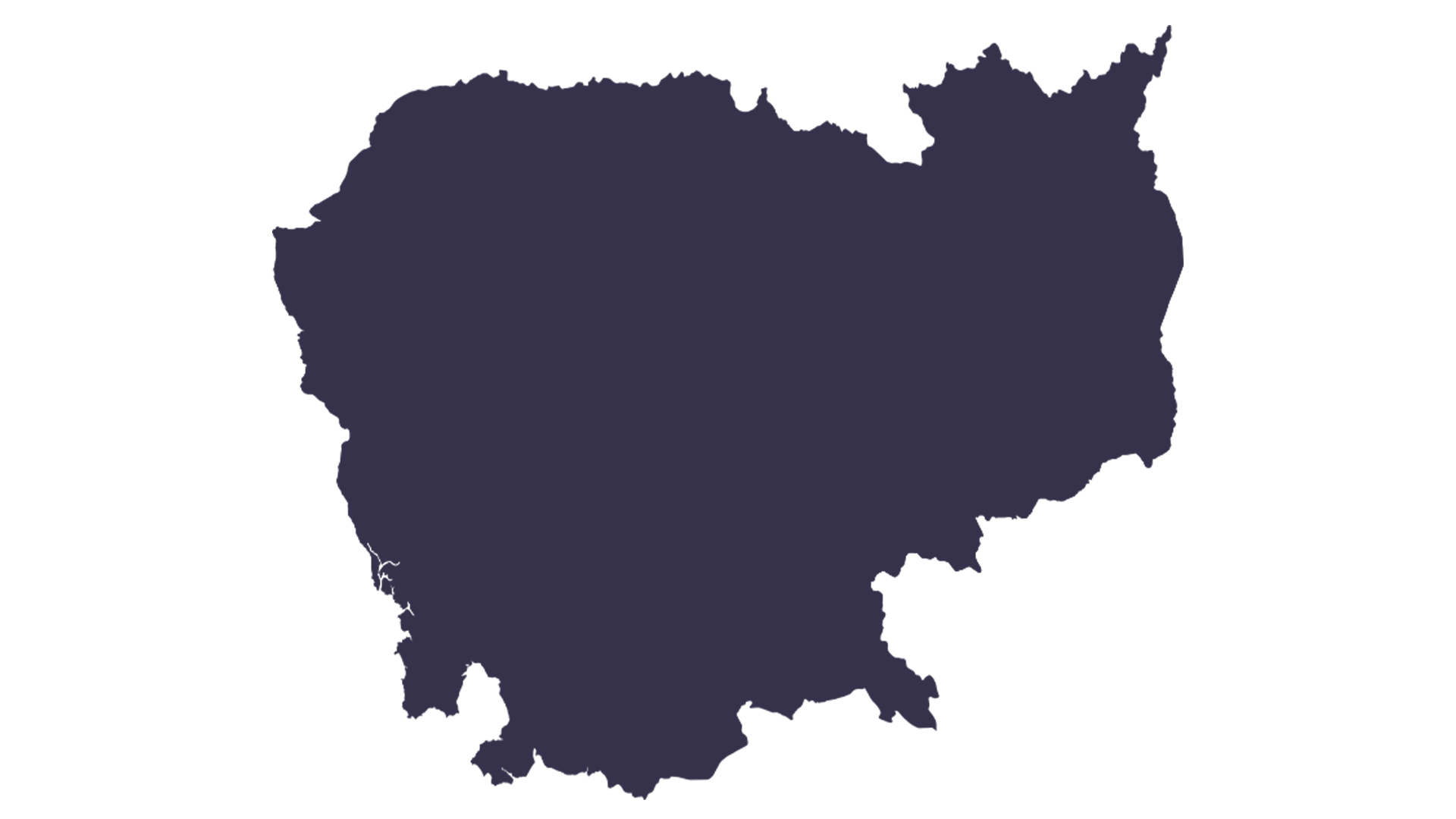Tour Packages
Cambodia Tour Packages
SUPER DEAL PRICE
STARTS FROM
per person on twin sharing
ATMs widely accessible in cities, limited in rural areas.
Credit cards commonly accepted in cities, less so rurally.
Banks are easy to find in Cambodia's cities.
Cambodia's population is approximately 17 million people.
Cambodians are known for their warmth and hospitality.
Cambodia - Visitors Statistics

Annually
54,50,000
Male51%
Female49%
By Purpose
Couples
For Newlywed Vacations
Family
For Family Vacations
Top Visitors from India
Delhi
Mumbai
Chennai
Kolkata
Bengaluru
Hyderabad
Pune
Ahmedabad
Jaipur
Lucknow
Everything You Need to Know About Cambodia
Nestled in Southeast Asia, Cambodia is a gem, offering tourists the perfect blend of old-world charm and alluring modernity. While the ancient ruins of Cambodia are well known, there are so many more reasons to explore the country. Although Cambodia is not huge, its adventures and activities are more than enough for you to spend at least two weeks exploring it all.
From its rich history and culture to its enticing cuisine and warm hospitality, there are a myriad of reasons why Cambodia should be on your bucket list of vacations. Let’s explore the country’s history, food, shopping scene, culture, and tourist attractions to find out why you need to book our Cambodia tour packages immediately.
View All Cambodia Tour Packages
Travel Tips

Visa Information
Check visa requirements before traveling, ensuring a smooth entry and compliance with destination regulations.

Health and Safety Tips
Prioritize health, stay hydrated, follow safety guidelines, and maintain personal hygiene for a secure journey.

Currency and Tipping
Familiarize with local currency, consider customary tipping practices for respectful and seamless travel experiences.
FAQs:
Book Your Dream Vacay Today!






















